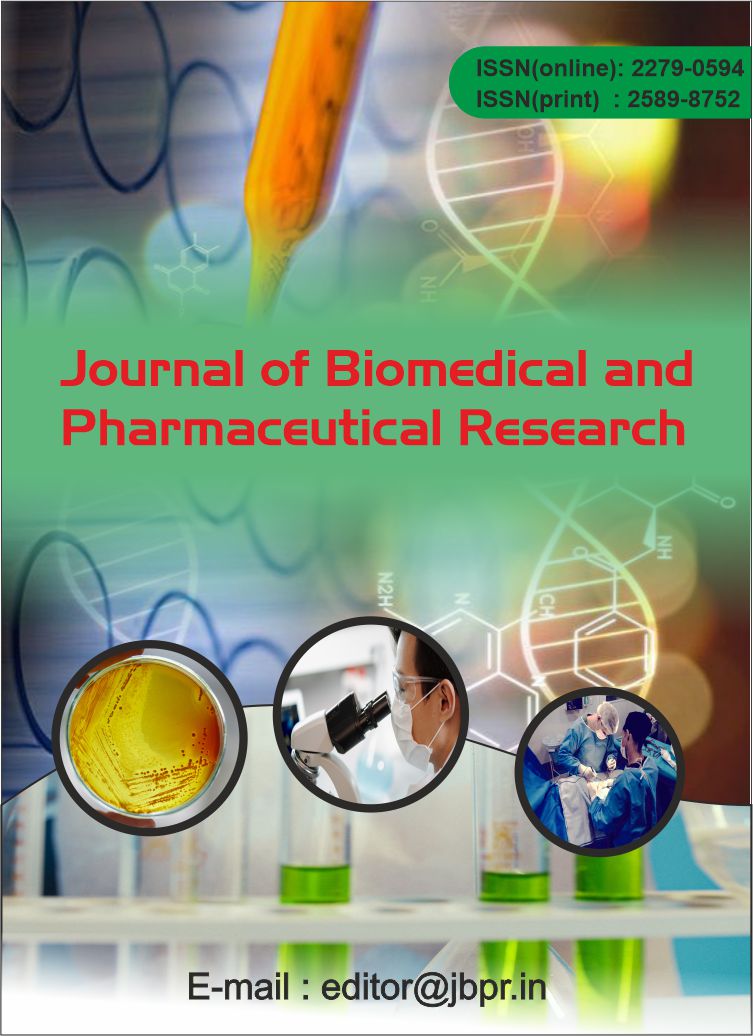CLINICO-ETIOLOGICAL STUDY OF NEONATAL JAUNDICE IN A TERTIARY CARECENTRE IN AMBALA (HARYANA) INDIA
Abstract
Jaundice occurs in most newborn infants. Most jaundice is benign, but because of the potential toxicity of bilirubin, newborn infants must be monitored to identify those who might develop severe hyperbilirubinemia and, in rare cases, acute bilirubin encephalopathy or kernicterus. Many a times it is physiological. Assessment can be done both by invasive and non-invasive methods. Clinical assessment is by Kramers rule. Aims of the study were to clinically assess neonatal jaundice and evaluate the etiological factors responsible. One-hundred and fifty newborns were included in the study with the following inclusion criteria : all neonates developing jaundice and exclusion criteria : neonates developing jaundice after first two weeks of birth, who left against medical advice and where parents did not give consent for investigations. Babies were examined in broad day light to clinically assess level of jaundice and kramers rule was applied. Various investigations were done to determine serum bilirubin levels and find out the cause for jaundice. The study showed that the most common cause was Physiological (n=90 that is 60%) followed by Breast feeding jaundice (n=21 that is 14%), ABO incompatibility (n=19 that is 12.67%), Sepsis (n=15 that is 10%), RH incompatibility(n=4 that is 2.67%) and G6PD deficiency (n=1 that is 0.67%). Bilirubin levels of 115 (76.67%) neonates correlated with Kramer scoring based on visual assessment of cephalocaudal progression. There was no variation in the 17 neonates who had visual jaundice upto face, 38/47(80%) neonates with visual jaundice upto chest were with the rule with 20% variation, 37/55(67.27%) neonates with visual jaundice upto abdomen were with the rule with 32.73% variation, 9/16 (56.25%) neonates with visual jaundice upto thighs were with the rule with 43.75% variation. There was no variation in the 6 neonates who had visual jaundice upto legs while a variation of 11.11% was present in neonates with visual jaundice upto soles. Physiological jaundice is the most common cause of jaundice in newborn babies and Kramers rule is an efficient, easy, safe and non-invasive method to determine jaundice in newborn babies.
Key words: Jaundice, Kramers rule, Neonate, Serum bilirubin levels.
![]() Journal of Biomedical and Pharmaceutical Research by Articles is licensed under a Creative Commons Attribution 4.0 International License.
Journal of Biomedical and Pharmaceutical Research by Articles is licensed under a Creative Commons Attribution 4.0 International License.





